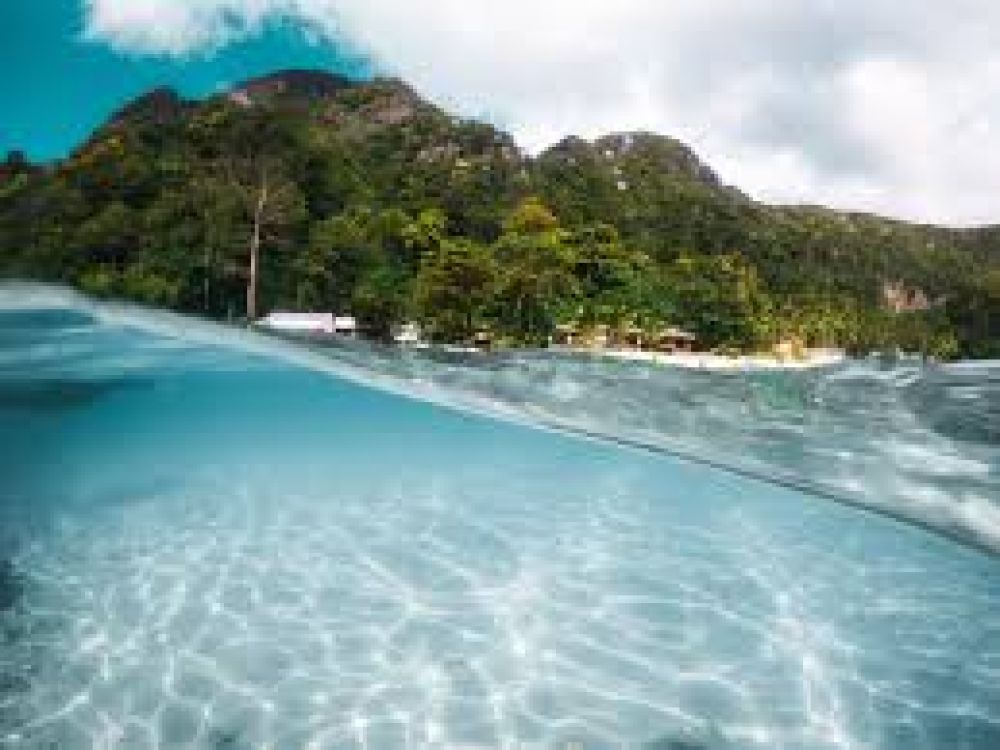

The Gili Islands, comprising Gili Trawangan, Gili Air, and Gili Meno, along with the city of Mataram on the island of Lombok, Indonesia, have a rich and dynamic history of tourism that has seen significant growth and evolution over the years.
Tourism in the Gili Islands and Lombok started gaining popularity in the late 20th century. Initially, these islands were hidden gems, primarily known among intrepid backpackers and adventure travelers. The alluring beaches, excellent snorkeling and diving spots attracted those seeking a tranquil escape from the bust Velocity of life in the more frequented Bali.
In the 1980s and 1990s, the Indonesian government, recognizing the potential for tourism revenue, began to invest more in infrastructure and promotional campaigns to attract tourists. By the turn of the millennium, the Gili Islands and Lombok began to see an uptick in popularity. This was aided by improvements in access, including better boat services from Bali and the expansion of Lombok's airport.
Today, the tourism scene in the Gili Islands and Lombok is a blend of serenity and vibrancy. Gili Trawangan is the most developed and liveliest, known for its vibrant nightlife, while Gili Meno remains the quietest, often favored by couples and travelers seeking a more secluded atmosphere. Gili Air strikes a balance between the two, offering a mix of relaxation and moderate entertainment.
In recent years, there has been a notable shift towards sustainable tourism. Initiatives have been put in place to protect the marine life and reduce the environmental impact of tourism. This includes efforts to reduce plastic usage and to promote eco-friendly accommodations and activities.
Mataram, the capital of Lombok, has also become a focal point for tourists seeking cultural interactions. The city is rich in history, with landmarks such as the Mayura Water Palace and Meru Temple offering insights into the island's Hindu-Buddhist past and Islamic present.
The latest trends in tourism on the Gili Islands and Lombok include luxury villa developments, wellness retreats, and digital nomad facilities, reflecting the diverse appeal of these destinations. Gili Trawanagn, for instance, has become a hotspot for those wanting to combine work and leisure, with numerous co-working spaces popping up.
The COVID-19 pandemic significantly impacted the tourism industry in Gili Islands and Lombok, leading to temporary closures and a drastic drop in visitor numbers. However, with vaccination efforts and safety measures in place, the destinations are currently in the process of recovery, welcoming tourists under new health protocols to ensure safe travel experiences.
As the Gili Islands and Lombok continue to evolve, the focus remains on providing a memorable and sustainable experience for visitors, balancing the natural beauty and cultural heritage with the needs of modern travelers.